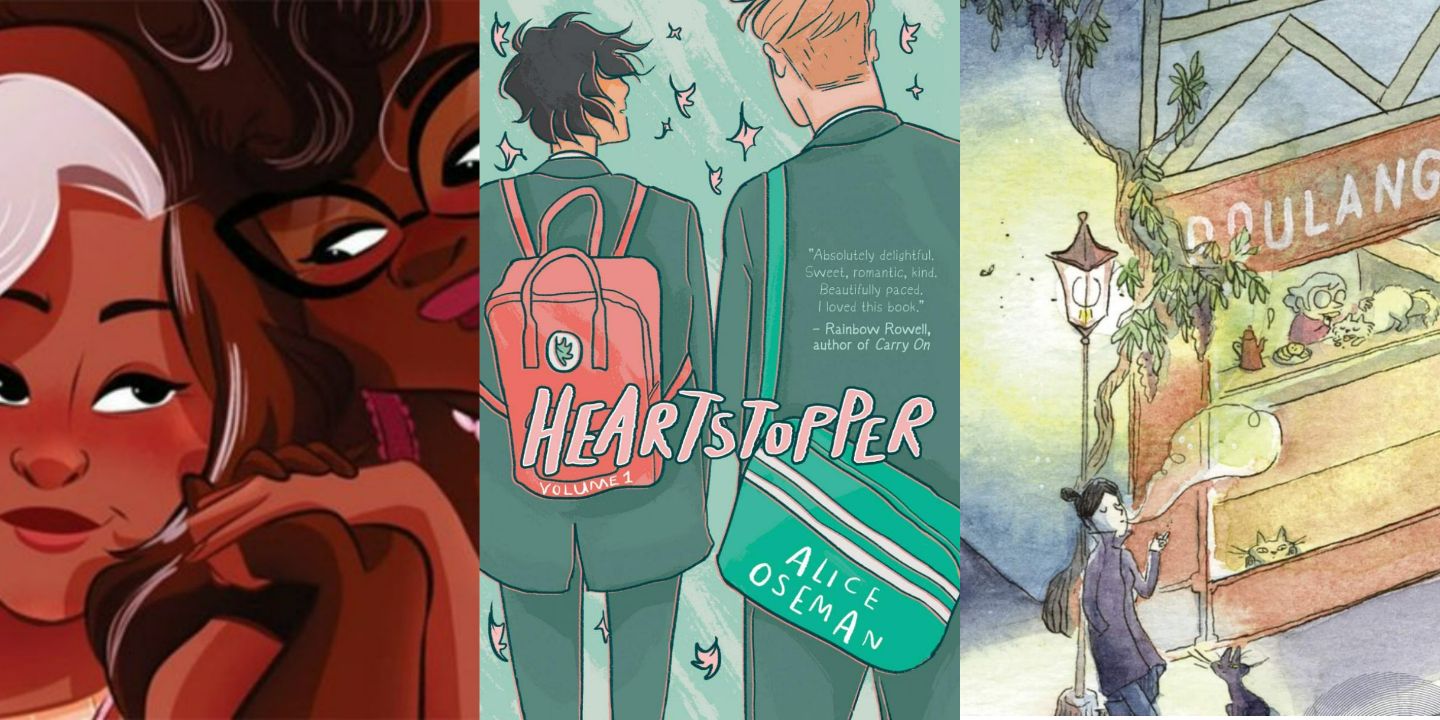“It’s very troublesome to get folks to know what’s coming. The approaching doom may be averted, it’s coming to us, and local weather change is a significant component. Do you bear in mind which flood or cyclone or hurricane struck 4 years in the past? You don’t, as a result of it has been overrun by the newest tragedies we face,” mentioned Ravi Singh, Secretary Normal, and CEO, WWF (World Wildlife Fund) India on the launch of Wildlife India @ 50: Saving the Wild, Securing the Future (Rupa Books, Rs 995), at WWF India auditorium, Lodhi Property on Friday. The e book has been edited by Manoj Kumar Misra, former Indian Forest Service officer at WWF India.
Additionally current on the launch had been former chairman of the Wildlife Belief of India, Dr MK Ranjitsinh, and numerous writers who contributed to the publication, together with veteran journalist Usha Rai, conservationist Hemendra Singh Panwar, and author Prerna Bindra. They learn excerpts from the e book and recounted tales of their profession in conservation and wildlife preservation.
Ranjitsinh, who contributed to the drafting of the Wildlife (Safety) Act 1972, mentioned that he thought-about environmental conservationists to be true patriots. “There are conservationists who’ve laid down their lives for the trigger over time. They’re shaheed (martyr),” he mentioned.
Rai, who started working as a journalist within the ’60s, recalled how she solely had the choice to cowl the setting at her first job as a result of all different beats had been taken up by male colleagues within the newsroom. She narrated her famed story about an elephant rider named Subedar Ali who was attacked by a tiger at Corbett Nationwide Park in 1984.
“Ali was taken to AIIMS and underwent 9 operations over 9 months. Returning to the jungle was not simple. However an award from the Worldwide Union for Conservation of Nature, and kudos from far and close to, helped him,” she mentioned.
Panwar, former founder director of Kanha Tiger Protect, director of Mission Tiger, and founder director of the Wildlife Institute of India, mentioned that the years 1967 to 1969 had been “epochal” years within the conservation story of India, mentioning how this e book was being launched on the fiftieth anniversary of the Wildlife (Safety) Act 1972. He recounted episodes of his profession when the Kanha Nationwide Park was expanded maintaining into consideration the lives and rehabilitation of locals.
Bindra, who was a board member and standing committee member on the Nationwide Board for
Wildlife (NBWL) from 2010 to 2013, mentioned that her time on the organisation was disappointing and the method of environmental clearances for industrial initiatives was flawed.
“Proposals had been shoved in on the eleventh hour. The accompanying info was incomplete or shoddy. Even the Setting Influence Evaluation stories and maps had been normally not offered,” she mentioned. “The NBWL generally is a pressure for good and impact change. We had been in a position to cease some harmful initiatives, just like the missile firing testing system within the Tillanchong Wildlife Sanctuary,” she mentioned.
Misra, who presently convenes Yamuna Jiye Abhiyaan for the rejuvenation of India’s rivers, emphasised that the e book was not meant for an educational viewers however for most of the people attributable to its storytelling bent. He later mentioned that he targeted on making certain that the 35 writers within the compilation had been various – by area, age, and gender – as a result of he needed to current a wildlife story that was holistically India in each sense.
“I needed it to be an excellent mixture of classic and recent. These writers are pioneers, professionals, and educated non-professionals,” he mentioned, including, “I requested the writers to share their lives, to put in writing about their very own wildlife conservation story.”





:quality(70)/cloudfront-us-east-1.images.arcpublishing.com/tronc/Y2GFR2N2L5G7TNM6TS35ICBLYM.jpg)
